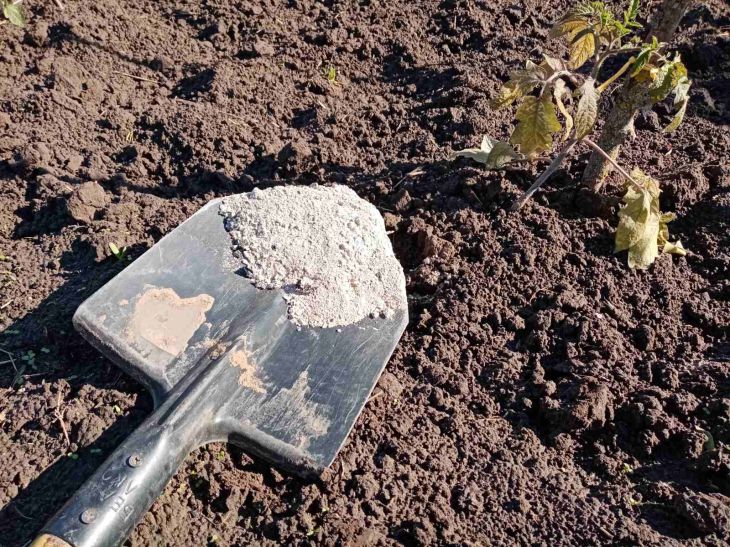Creating ideal conditions for growing plants involves understanding the importance of soil pH and its impact on plant health.
Some plants thrive in acidic soil, while others require a more neutral or alkaline pH. The pH scale ranges from 0 to 14, with 7 considered neutral.
Values less than 7 indicate acidity, and values above 7 indicate alkalinity. Soil pH plays a critical role in nutrient availability, microbial activity, and plant growth, says Anastasia Kovrizhnykh .

Signs of a pH Problem
Different plants have specific pH preferences, and adjusting the acidity of the soil can create optimal growing conditions for them, so it is important to understand their pH preferences. Acid-loving plants such as blueberries, rhododendrons, and azaleas require acidic soil (pH below 7) for optimal growth.
Pay attention to the overall health and growth of the plants. Stunted growth, yellowing leaves, and decreased flowering or fruiting may indicate an imbalance in the soil pH.
Acid-loving plants may have difficulty in alkaline soil conditions. Signs that your soil needs more acid include:
- - If plants show stunted growth, yellowing leaves, this may indicate a need for more acidic soil. Some plants require a certain pH level to access essential nutrients;
- - An increase in soil pH can lead to nutrient deficiencies, especially iron, manganese and other micronutrients. Yellowing of leaves with green veins (chlorosis) is often a sign of these deficiencies caused by alkaline soil conditions.
Oxidation methods and recommendations
1. Apply elemental sulfur. Elemental sulfur is a widely recommended method for lowering soil pH. When elemental sulfur is added to the soil, it reacts with soil bacteria to form sulfuric acid, gradually acidifying the soil. Experts recommend applying elemental sulfur according to package directions, depending on the soil type and desired pH adjustment.
2. Use acidifying fertilizers. Acidifying fertilizers, such as ammonium-based fertilizers or sulfur-coated urea, release acids as they decompose, thereby lowering the soil pH over time. Applying these fertilizers as directed can gradually increase soil acidity.
3. Incorporate organic matter. Adding organic matter, such as peat moss or composted leaves, can naturally lower the pH of the soil over time. These materials contribute to the acidity of the soil, gradually reducing the alkalinity.
4. Use pine needle mulch. Mulching with pine needles can help acidify the soil. As the needles decompose, they release organic acids that lower the pH level, gradually increasing the acidity of the soil.
5. Watering with acidic solutions. Watering plants with acidic solutions, such as vinegar or diluted citric acid, can temporarily lower the pH of the soil. This method should be used sparingly and with caution to avoid excessive acidity.
The time it takes to obtain results depends on the specific methods used and the starting pH level.
Lowering the pH of your soil is a gradual process that can take months or even years to achieve the desired acidity. It is important to remember that it is possible to make your soil too acidic, which can harm your plants and beneficial microorganisms.
Regular soil testing and monitoring pH levels are critical to preventing excessive acidity.
Earlier we wrote about how to grow a tasty and sweet melon in your garden.









